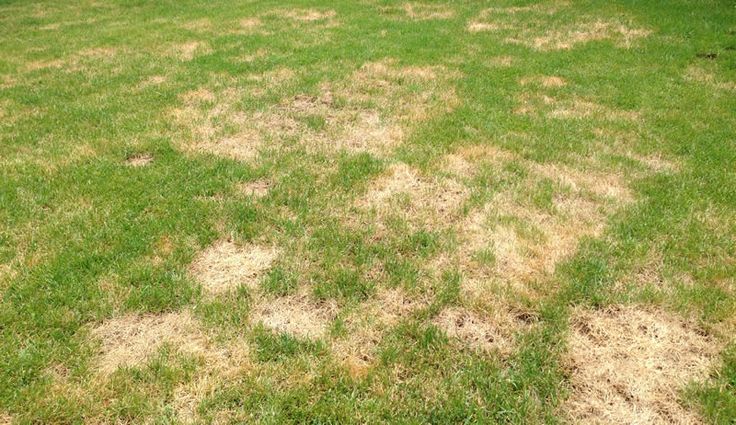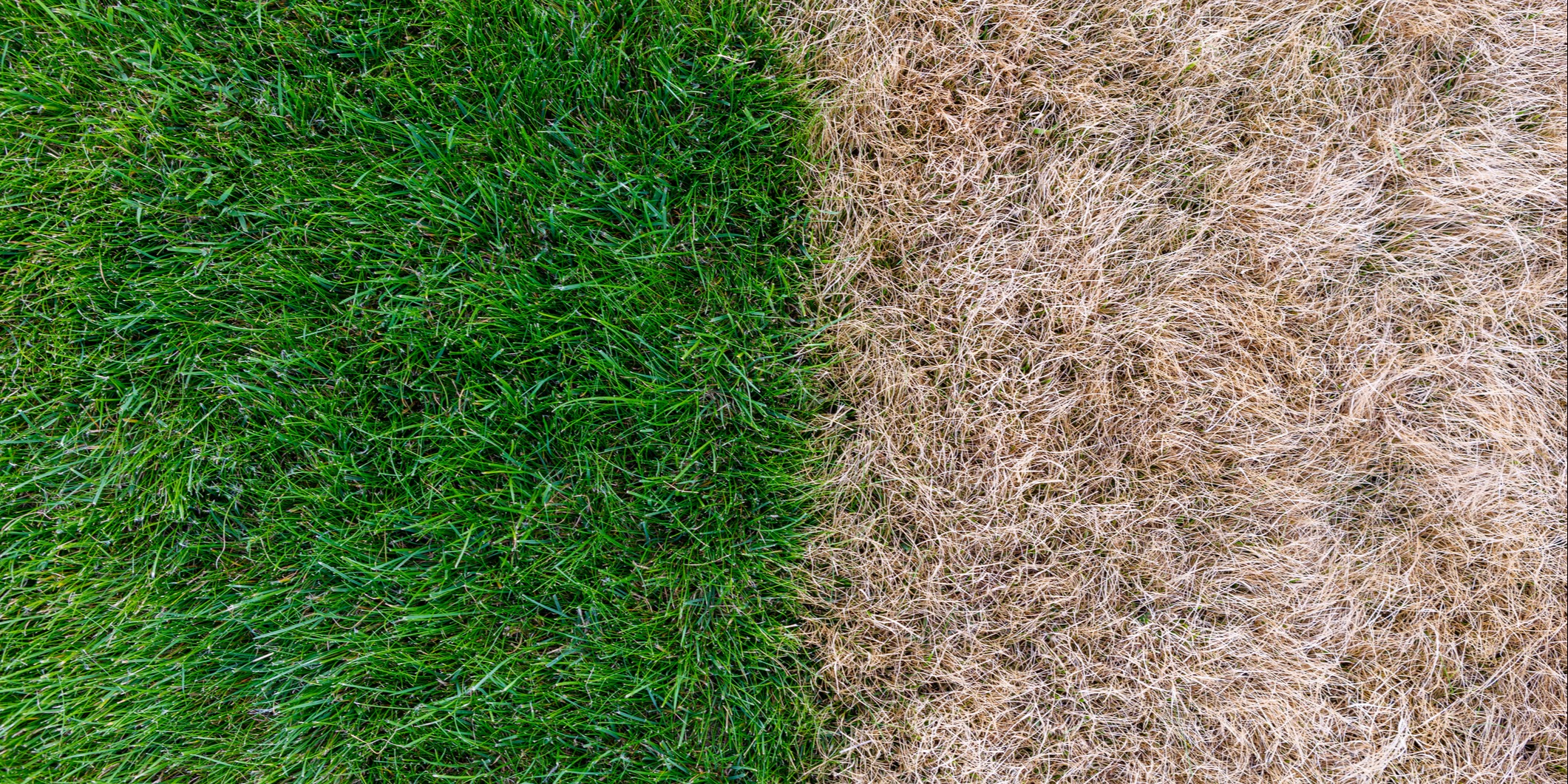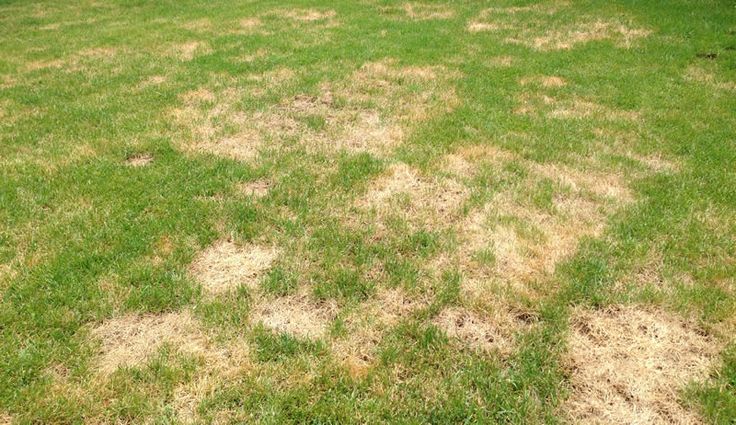
It is no secret that the extreme weather conditions Western Canada is experiencing during the summer of 2021 is like no other. Record breaking extreme heat conditions combined with drought are making it very difficult to maintain consistent green and healthy lawns. So much so that many lawns have become dormant and turned brown in colour. Whether the lawns like it or not, “brown” has become the new “green” making many homeowners unhappy with the appearance of their lawn.
Several municipalities have implemented watering restrictions that prohibit lawn watering altogether or only on certain days of the week forcing homeowners to rely solely on precipitation in the form of rain. Lawn dormancy can look much worse than it appears. When a lawn is stressed from extreme heat or lack of water the grass plant has a natural defense mechanism that kicks in to protect itself. In doing so, the lawn turns brown in colour conserving energy although it may appear dead. The lawn can stay this way for several weeks and even months depending on the grass species before any permanent damage occurs. Lawn dormancy is usually only temporary, and recovery naturally takes place as the stressful conditions lessen. Maintaining proper fertilization and cultural practices such as mowing and irrigation during stressful periods is very important to limit any further damage.
Maintaining a lawn under the stress of extreme heat and prolonged periods of extensive drought can be very challenging. Each turfgrass species performs differently under these conditions and the tolerance can be drastically different from one species to another. Despite these differences, the underlying factor of drought and heat stress remain the same in that they both weaken the turf, making it more easily injured or killed by these or other stresses including turfgrass diseases, and destructive insects.

Eventually the heat and drought will end, cooler temperatures and precipitation will return but, in the meantime maintaining proper fertilization and cultural practices are important. At Nutri-Lawn we utilize the most advanced fertilizer technology in the professional industry that is specially designed to optimally perform under these exact conditions we are experiencing. Although the turf may not be lush green and actively growing, plant essential nutrients are still being absorbed and plant uptake is essential for the plants roots and overall health. Without fertilizer, dormant lawns would be in a negative position to survive prolonged periods of stress and recover when the conditions subside would be very challenging.
Here are a few tips to minimize the stress and ensure the lawn remains as healthy and is well prepared for recovery.
Mowing Tips
• Raise mowing height to well above 2.5”
• Reduce mowing frequency to once every other week
• Avoid mowing during periods of stress
Watering Tips
• Water whenever possible if watering restrictions are in place. Some water is better than none and keeps the crown of the plant alive
• Apply 1” of water once per week, preferably in the early morning. Increase watering frequency during hot, dry weather conditions
• Avoid afternoon watering to prevent loss of water through evaporation and avoid watering in the evening to reduce fungal disease incidence.







